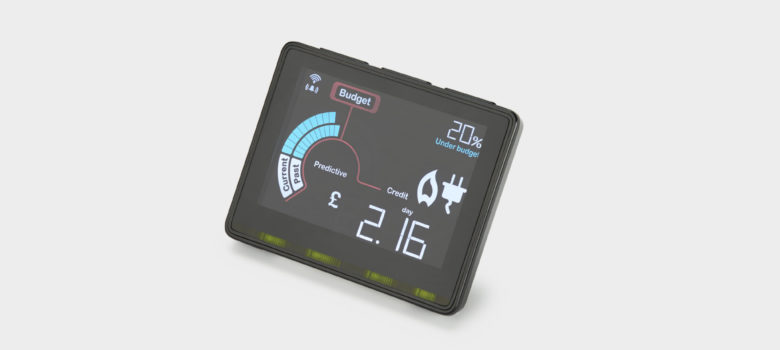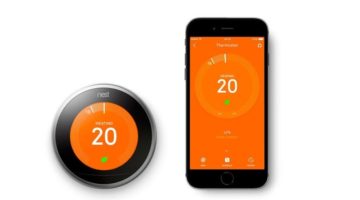
SMETs2 – or the catchy ‘smart metering equipment technical specifications: second version’ – is the new generation of smart meters about to be released.
What are the benefits of smart meters?
You might be aware that the Government is currently trying to roll out smart meters to every household and business in the country. A smart meter replaces the more traditional electricity and gas meters. These smart meters have the advantage over the old energy meters of being in constant communication with your energy supplier, gauging energy usage.
This may sound like an invasion of privacy, and certainly some view it as that, but smart meters have a major benefit for homeowners. They record gas and electricity usage more accurately so that you pay for exactly what you use, meaning no more estimated energy bills.
The other benefit for homeowners is that the smart meter display (an in-house energy monitor) allows them to see their usage, and the direct impact their habits and lifestyle have on their energy bills.

In terms of non-domestic energy meters, the percentage of commercial properties having smart meters installed is higher – about 25%.
Why are new smart meters being introduced?
A decent number of people have the early smart meters installed – so why might this prove to be a problem? Well, the SMETs2 are yet to be released. The first generation of smart meters installed can stop working as smart meters when you switch supplier. Basically, the new energy supplier is sometimes unable to communicate with the smart meter (this is just an issue with the SMETs1, the first generation of smart meters). This means that all the benefits of having the smart meter disappear, as you still need to do energy readings and so forth.
Our suggestion is to hang on until your energy provider has confirmed that a SMETs2 is going to be installed in your home; otherwise they are installing potentially obsolete technology that will need to be swapped out in the near future. From next summer (2018), you can be pretty comfortable that any smart meter being installed in your property will be the SMETs2, although we would always ask the question just in case!
SMETs2 – or the catchy ‘smart metering equipment technical specifications: second version’ – is the new generation of smart meters about to be released.
What are the benefits of smart meters?
You might be aware that the Government is currently trying to roll out smart meters to every household and business in the country. A smart meter replaces the more traditional electricity and gas meters. These smart meters have the advantage over the old energy meters of being in constant communication with your energy supplier, gauging energy usage.
This may sound like an invasion of privacy, and certainly some view it as that, but smart meters have a major benefit for homeowners. They record gas and electricity usage more accurately so that you pay for exactly what you use, meaning no more estimated energy bills.
The other benefit for homeowners is that the smart meter display (an in-house energy monitor) allows them to see their usage, and the direct impact their habits and lifestyle have on their energy bills.

In terms of non-domestic energy meters, the percentage of commercial properties having smart meters installed is higher – about 25%.
Why are new smart meters being introduced?
A decent number of people have the early smart meters installed – so why might this prove to be a problem? Well, the SMETs2 are yet to be released. The first generation of smart meters installed can stop working as smart meters when you switch supplier. Basically, the new energy supplier is sometimes unable to communicate with the smart meter (this is just an issue with the SMETs1, the first generation of smart meters). This means that all the benefits of having the smart meter disappear, as you still need to do energy readings and so forth.
Our suggestion is to hang on until your energy provider has confirmed that a SMETs2 is going to be installed in your home; otherwise they are installing potentially obsolete technology that will need to be swapped out in the near future. From next summer (2018), you can be pretty comfortable that any smart meter being installed in your property will be the SMETs2, although we would always ask the question just in case!
Think we missed something? Do you have a different opinion?
Comment below to get your voice heard…












I have a SMETs1 that my supplier insisted I have installed despite already planning to switch, it was working for a I think about 6 weeks and then sat idle. What a waste.
Furthermore while note having to take readings would have been nice, as someone who has a decent idea that lights use x amount, a kettle used a lot but only for a short time, and that my main gas use is my heating, I didn’t actually learn a lot as all the .’smart display’ did was tell me what i already knew. What I was hoping for was nice graphs of daily, weekly, seasonal usage over time, but there was none of that!